From Card to Console: The Lesser-Known Beginnings of Nintendo
Delving into Nintendo's forgotten past reveals its gaming origins within a series of unlikely ventures.
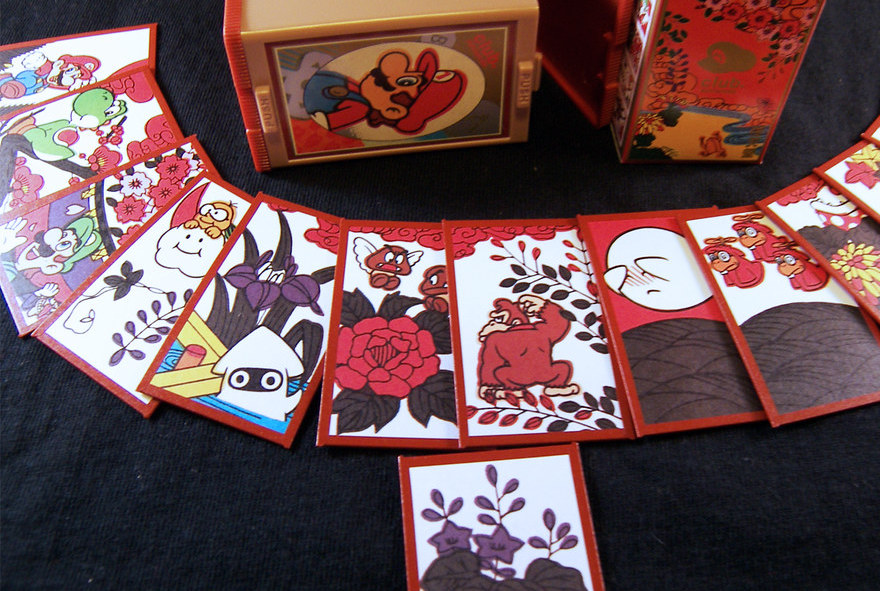
Nintendo's original Mario-themed playing cards. Photo: Fujoshi Bijou
Though now a household name due to its globe-conquering video games, Nintendo’s earliest endeavours of producing traditional playing cards may come as a surprise to many.
The world’s largest video game company in fact turned 130 in 2019, with its mythical origins going surprisingly all the way back to the 1880s. While firmly rooted in Japanese history, their pre-video game days reveal surprising ventures that were sometimes downright wacky.
From taxi companies and toys to love hotels
Fans have collected and documented examples of products Nintendo had previously dabbled in. In his blog beforemario.com, collector Erik Voskuil displays their Electronic Love Tester, which uses electric circuits to supposedly measure the level of compatibility between a couple, and the Ultrahand, which is simply an expanding plastic toy that can grab faraway objects when its handle is moved. Besides toys, in just five years, between 1963 and 1968, Nintendo also produced a taxi company, a TV station, a food enterprise selling instant rice, and even a love hotel chain, which some have said that the president of the time had frequented himself.
With many short-lived ventures and a diminishing market for playing cards, Nintendo’s financial situation had become seriously dire at one point—much like Japan’s own turbulent history, the company had to go through many obstacles before discovering their own future within the electronic market.
‘Leaving Luck to the Heavens’
Nintendo’s foundations—clearly a gamble in itself—lay primarily in the opportunity seen by its founder Fusajiro Yamauchi in the legalisation of playing cards under the Meiji government. In Japan, the government historically discouraged gambling, and playing cards, created in light of Portuguese trade, were banned as a threatening foreign influence. But their popularity was widely endured nonetheless, prompting series after series of disguised card designs. By the 1800s, Hanafuda—meaning ‘flower cards’—was tolerated as a way of combining numbered playing cards with traditional card designs, and Fusajiro Yamauchi founded Nintendo with the purpose of finally mass producing them.
Hanafuda are still enjoyed by many today as an emblem of Japanese culture. Though Nintendo has largely moved on to video games, they have never ceased to make playing cards and have even introduced their own Mario-themed sets in commemoration.
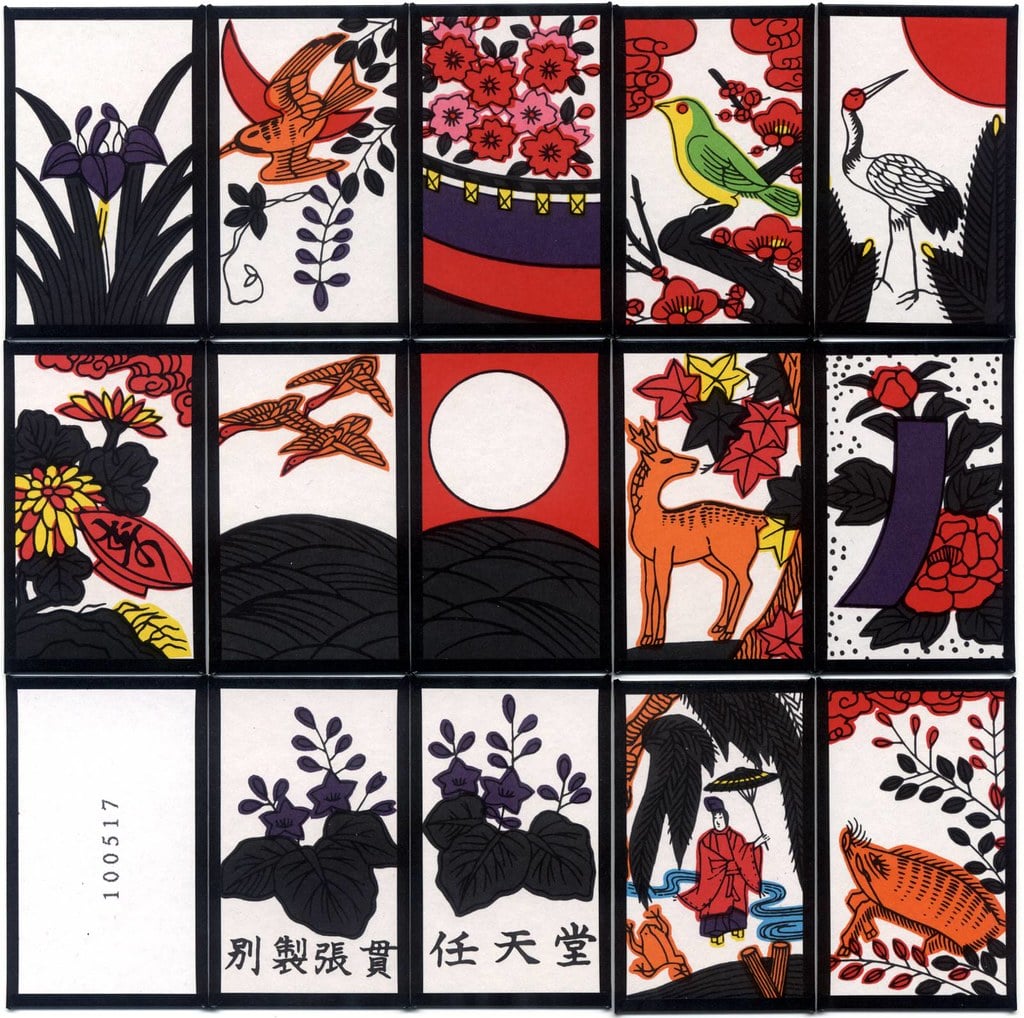
Traditional Hanafuda cards produced by Nintendo. Photo: 準建築人手札網站 Forgemind ArchiMedia.

The front of Nintendo's first store in Kyoto, founded 1889. Photo: Public Domain.
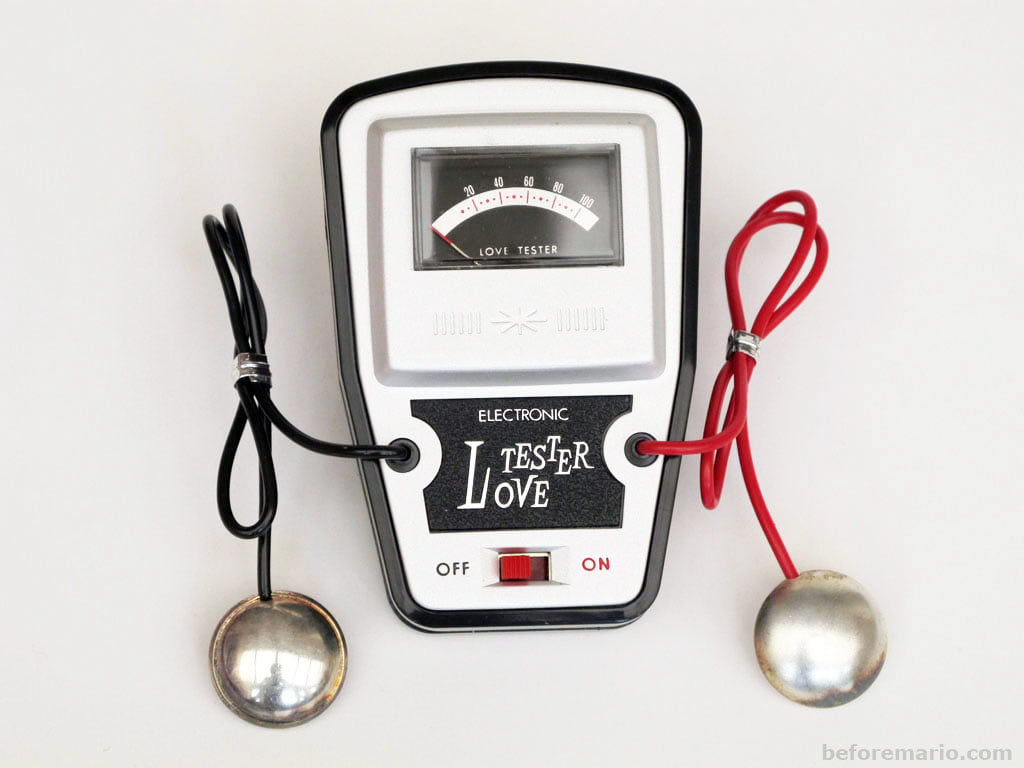
Nintendo's Love Tester. Photo Credit: Beforemario.com
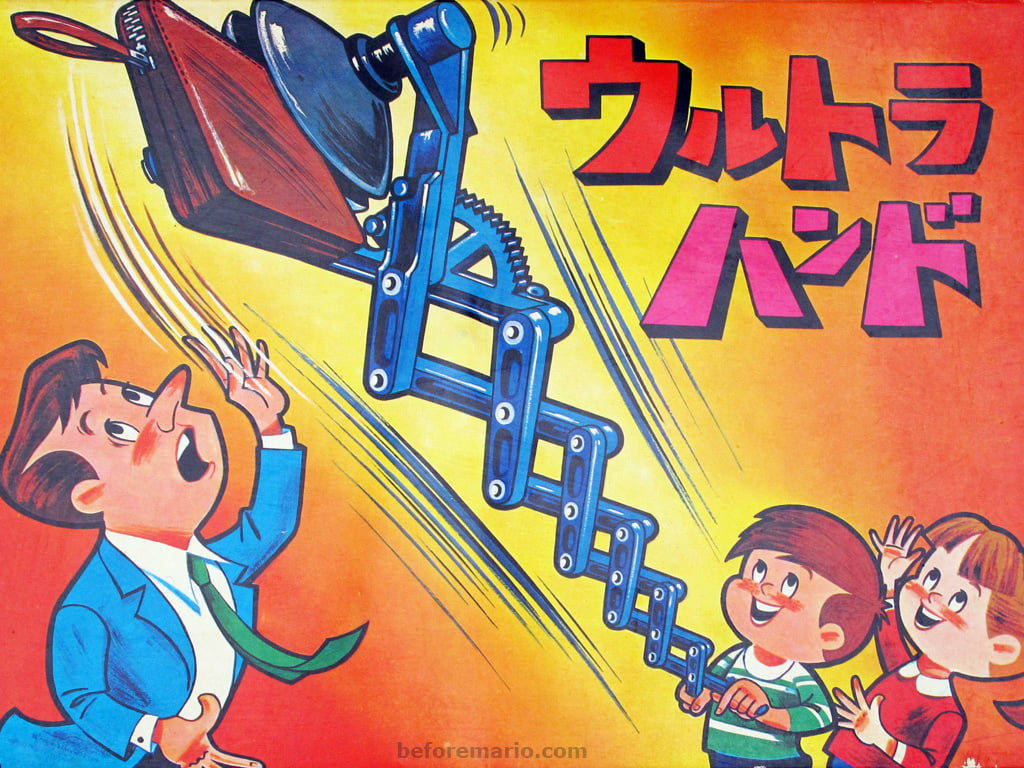
Nintendo's Ultrahand. Photo Credit: Beforemario.com
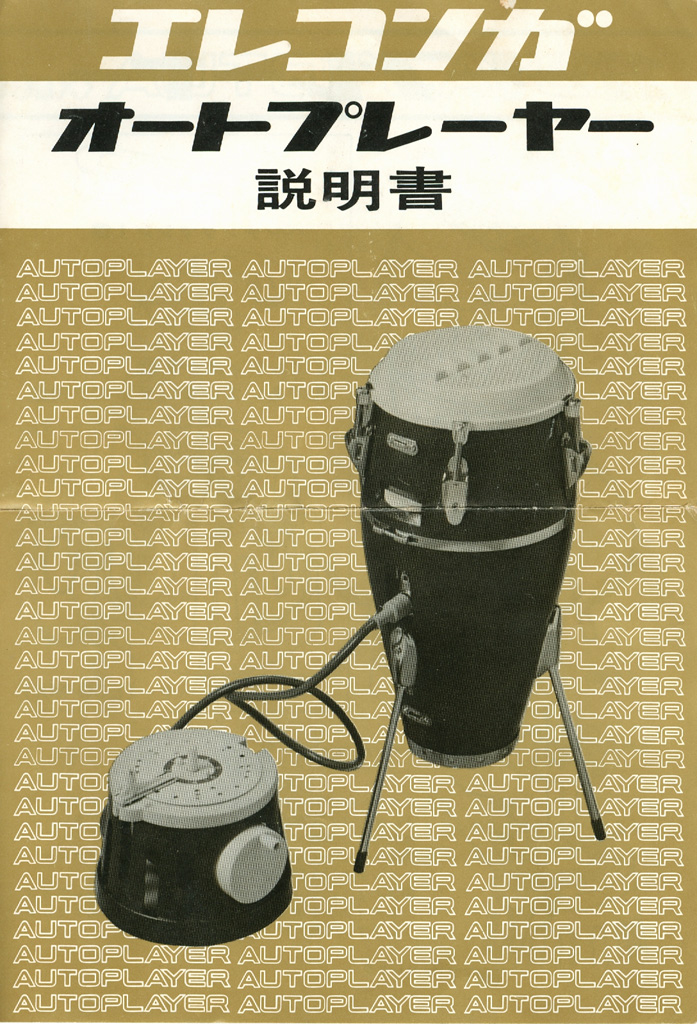
The 'Autoplayer Ele-conga', an electronic drum-machine toy Nintendo produced in the 1970s on in Japan. Photo Credit: Beforemario.com
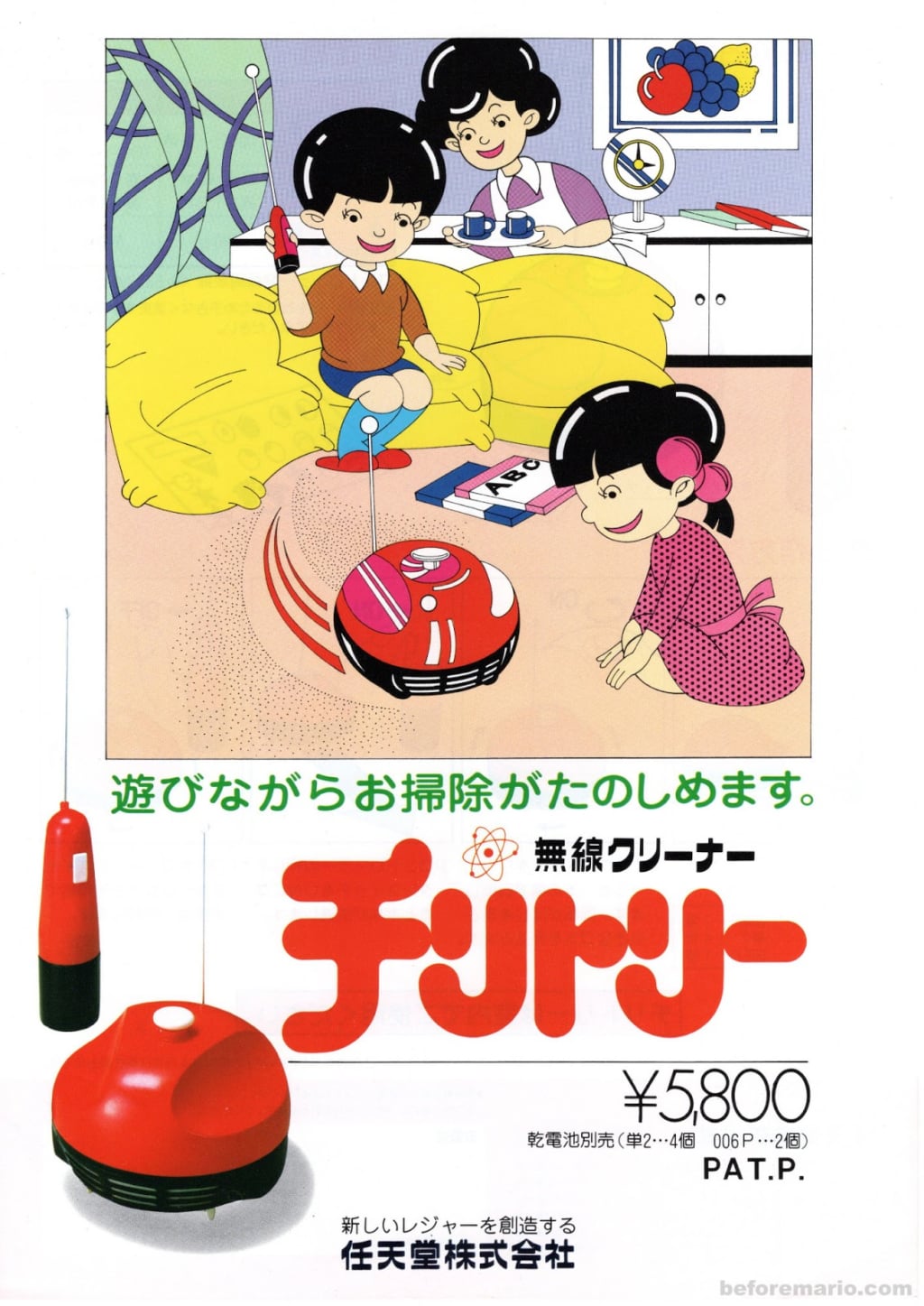
Poster for the 'Chiri-tori', a remote controlled 'cleaning toy' produced by Nintendo. Photo Credit: Beforemario.com
TRENDING
-
A House from the Taisho Era Reveals Its Secrets
While visiting an abandoned building, Hamish Campbell discovered photographs the owner had taken of the place in the 1920s.

-
The Taboo-Breaking Erotica of Toshio Saeki
The master of the 1970s Japanese avant-garde reimagined his most iconic artworks for a limited box set with silkscreen artist Fumie Taniyama.

-
With Meisa Fujishiro, Tokyo's Nudes Stand Tall
In the series 'Sketches of Tokyo', the photographer revisits the genre by bringing it face to face with the capital's architecture.

-
Masahisa Fukase's Family Portraits
In his series ‘Family’, the photographer compiles surprising photos in which he questions death, the inescapable.

-
Hajime Sorayama's Futuristic Eroticism
The illustrator is the pioneer for a form of hyperrealism that combines sensuality and technology and depicts sexualised robots.





